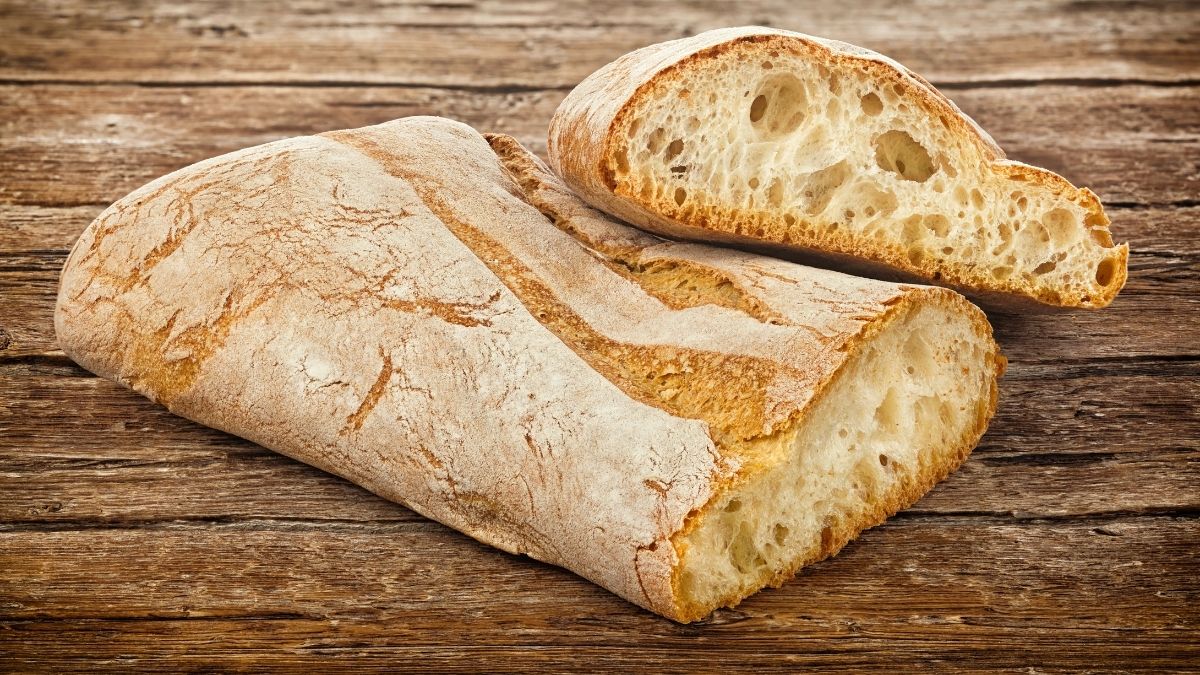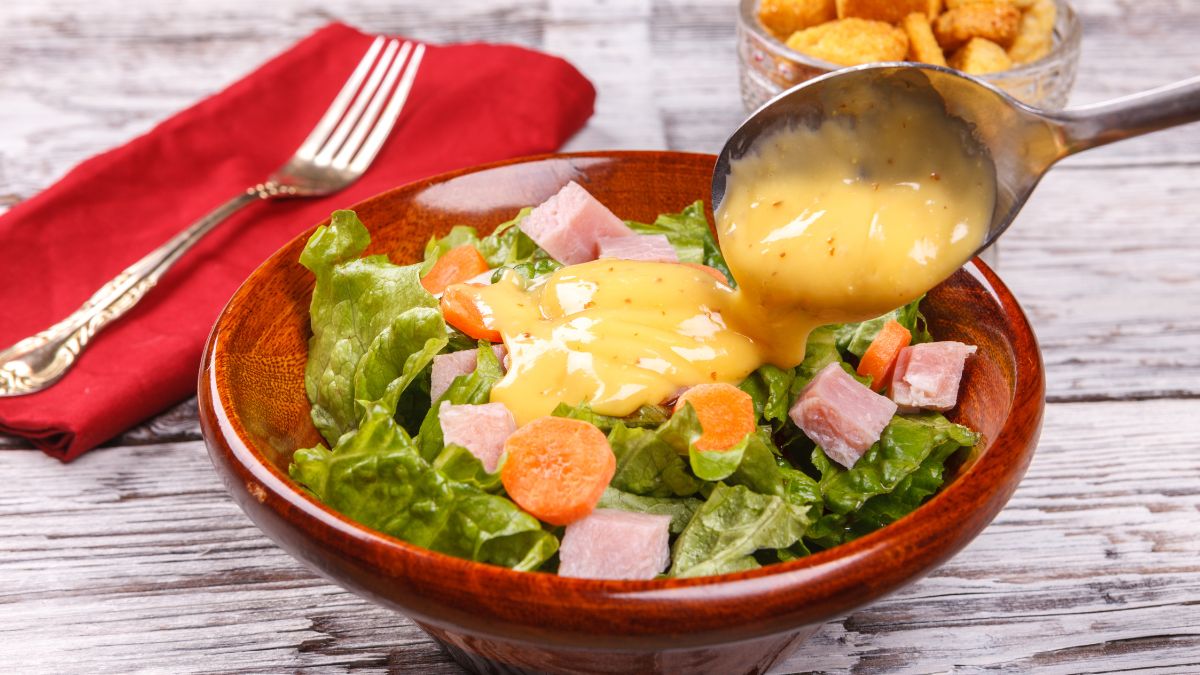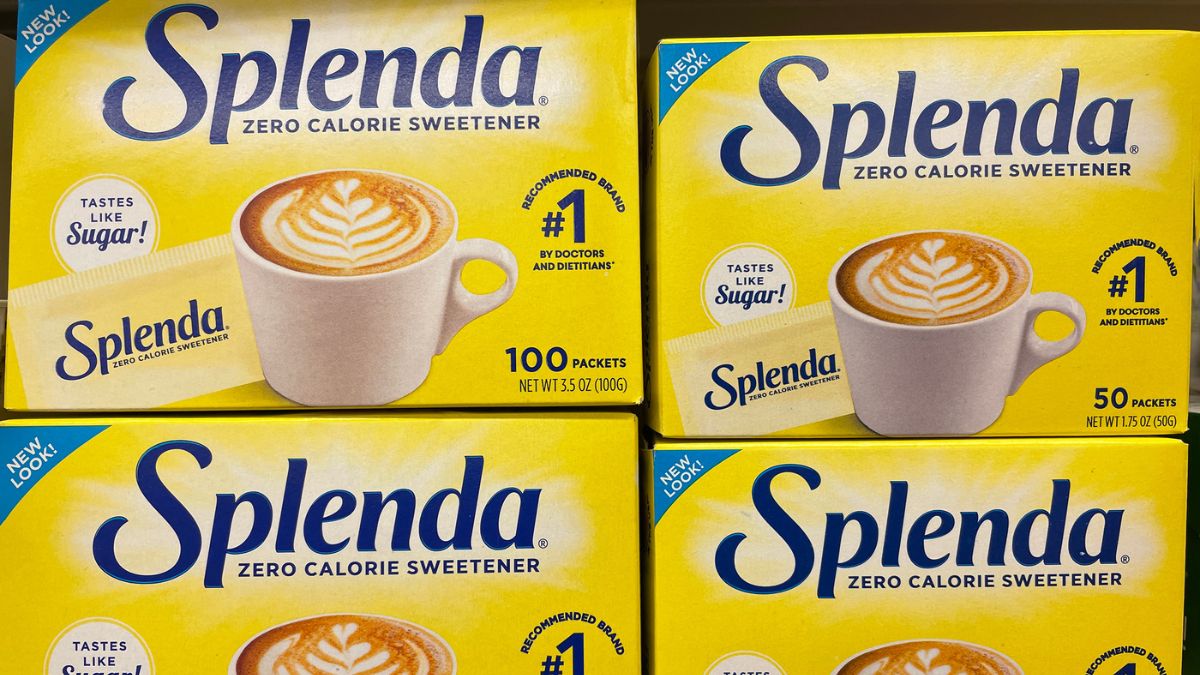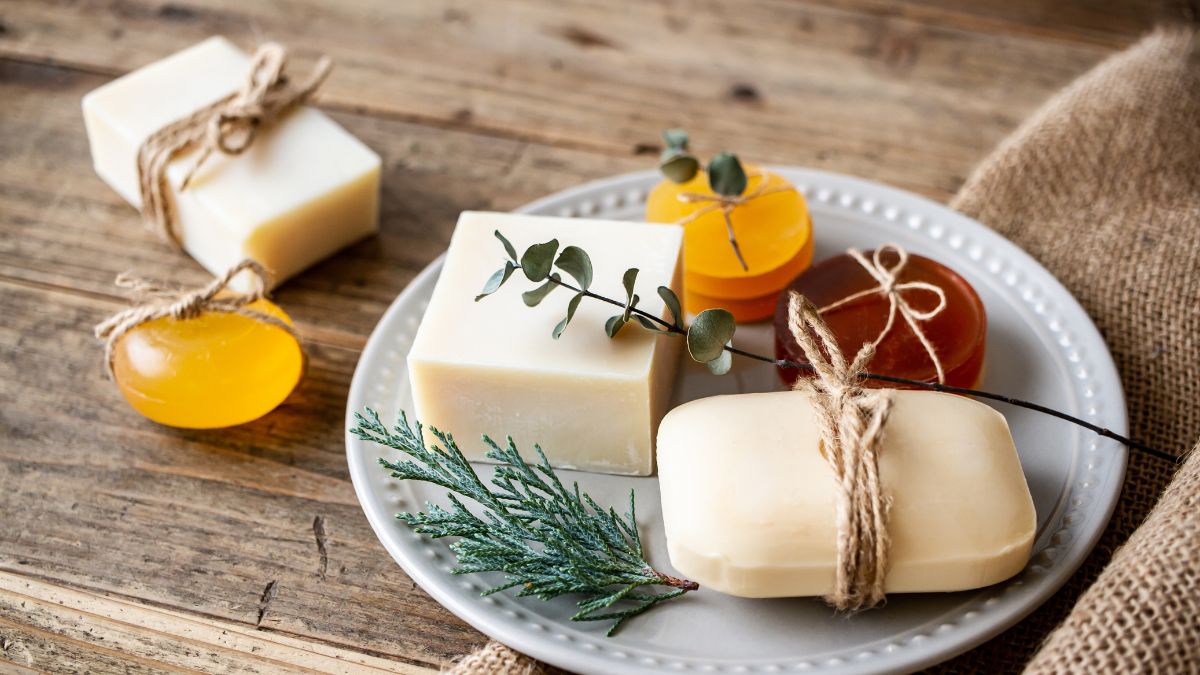Answer: It depends.

Is Ciabatta Bread Vegan?
One of the Italian favorites, ciabatta bread, is normally served with olive oil and balsamic vinegar. Others would pair it with a tomato-based soup or a jam. Who doesn’t want a perfect appetizer to prepare for a great meal though?
Ciabatta is a broad, flat, and elongated bread made from wheat flour, yeast, salt, water, and sometimes olive oil. It should only contain these four or five main ingredients. However, when water is replaced with milk, it’s called ciabatta al latte, which makes it non-vegan.
For vegans, it’s always satisfying to learn great food finds that are healthy and don’t break the bank. If you are here checking out healthy alternatives for appetizers, the ciabatta bread is worth your time. Read on for more information about this Italian classic hors d’oeuvre.
What Is Ciabatta Bread?
Ciabatta bread, a beloved Italian staple, is easily recognized by its elongated, oval shape, crisp crust, and soft, airy crumb. The name “ciabatta,” which means “slipper” in Italian, reflects its distinctive shape. The origin of ciabatta dates back to the 1980s in Veneto, Italy, when baker Arnaldo Cavallari crafted this unique bread as a homegrown alternative to the French baguettes that were dominating the market and threatening local bakeries. As we head into 2025, ciabatta continues to be celebrated worldwide for its rich heritage and delicious texture, making it a perfect example of Italian baking tradition born from innovation.
This rustic bread is known for its unique alveolar holes and is made with much wetter dough that was later baked in many different variations. Other companies quickly introduced ciabatta bread to their countries, including the United Kingdom and the United States. A wholemeal variation is called ciabatta integrale, while the other with milk is called ciabatta al latte.
How Is Ciabatta Different From Regular Bread?
Ciabatta Bread is made from lean yeast dough containing little to no fat. This gives it a unique crispy crust with a soft and moist texture. A regular yeast dough used for making bread is commonly made out of eggs, milk, sugar, salt, and butter. This makes them non-vegan, which is not a good choice if you follow strict Veganism.
Many Ciabatta Bread consumers use it on sandwiches, which makes a perfect starter. There are many different toppings as well that make this rustic Italian bread a favorite appetizer. Others would use vegan mozzarella or tomato.
How Is Ciabatta Bread Made?
Those four main ingredients to make Ciabatta Bread, including the lean dough yeast, go through mixing, kneading, rolling, shaping, and baking. There are many variations of this Italian classic bread, such as adding yeast-based or natural preferments. Poolish, biga, and sourdough are among the best preferments that bakers use to enhance the bread’s texture, flavor, and shelf life.
There’s 80% hydration when making Ciabatta, which makes it sticky and moister compared to any other regular dough for baking bread. This high hydration also makes those irregular holes unique. Most bakers use a stand mixer to do the mixing and kneading for an easier process since the dough has a high water absorption.
How Healthy Is Ciabatta Bread?
Ciabatta bread is relatively healthy and ideal for vegans that love plant-based appetizers. This rustic Italian loaf may not be the healthiest bread. However, it offers nutrients such as the different types of vitamin B, including small amounts of pantothenic acid, folate, thiamin, riboflavin, and niacin.
Nutritionist Lisa Richards warned though, that ciabatta bread is high in carbs, sodium, and calories. It contains about 440 milligrams of sodium and 20 g of net carbs per 50-gram slice. Also, it only gives you 1g of fiber and 5g of protein per 50-gram roll.
On the other hand, when olive oil is included in its ingredients, the monounsaturated fat (MUFAs) present in it provides great health benefits. This includes a reduced risk of heart disease, stomach ulcers, Alzheimer’s disease, rheumatoid arthritis, strokes, chronic diseases, type 2 diabetes, and more.
Ciabatta Bread Vs. Baguettes
Baguettes had existed long before ciabatta bread made its way in the ’80s. The latter was created in response to the growing popularity of imported French baguettes that endangered Italian bakers’ businesses. Baguettes are those long and skinny loaves that are also made out of yeast, water, salt, and wheat flour.
What differentiates ciabatta bread from baguettes is that its dough has a higher moisture level, uniquely creating those alveolar holes and the texture itself. Ciabatta is also famous for grilled sandwiches called panini, while baguettes are served with different French meals. Both bread’s consistency remains the same over time and has become a staple to everyone’s food culture.
The 10 Best Vegan-Friendly Bread
Bakers nowadays have created different varieties of bread that are vegan-friendly and don’t hurt the pocket. These simple and healthy bread, including Ciabatta, can be homemade, which is better than buying them from supermarkets. Take note of these simple pleasures you can consider anytime, especially when you are strict about eating the purest forms of plant-based foodstuffs.
- Ciabatta Bread. This Italian classic loaf can be your go-to appetizer with only four simple ingredients.
- Banana Bread. While this is known with butter, eggs, and milk included in the process, many variations can make this quick bread free from animal products.
- Cornbread. Here’s another great option, but it also needs to get consumed quickly for its short shelf life. Eggs and milk are also included in its ingredients, but vegans always find ways, including mashed banana or applesauce as a substitute.
- Focaccia. Like Ciabatta Bread, Focaccia also originated in Italy. Its dimpled yeast bread resembles pizza dough with tomatoes, olives, and mushrooms as its popular toppings. Others use olive oil to replace eggs or milk, making it vegan.
- Pita Bread. Originated in the Middle East, Pita Bread is best for wrapping gyros or on dips like tzatziki and hummus. It’s a soft, round flatbread made of yeast, water, sugar, flour, salt, and extra virgin olive oil.
- Sourdough. This is a mixture of water and flour, which is entirely vegan. It reportedly originated in Egypt and is made through a longer fermentation using yeasts and lactobacilli. This makes Sourdough slightly sour. It contains more nutrients and is good for blood sugar control and digestion.
- Flax Bread. It’s made from flax seeds containing alpha-linolenic (ALA), an omega-3 fatty acid. Flax Bread is one of the most nutritious breads you can have, as it also offers antioxidants and helps reduce the risk of heart disease.
- Oat Bread. A mixture of whole-wheat flour, yeast, salt, and water, Oat Bread is also one of the healthiest bread that vegans can eat. Oats are rich in fiber, iron, zinc, thiamine, and magnesium.
- Rye Bread. Bakers commonly use 100% sprouted rye flour to make the bread. It’s usually darker and denser and is more nutritious than wheat. Rye’s soluble fiber content can help lower the insulin that the human body releases. It’s worth noting that too much insulin in the blood can cause type 2 diabetes.
- Breadstick. Here’s another Italian classic, which is mostly pencil-thin dry bread. Also known as grissino, Breadstick has different varieties, but you should go for the non-dairy ones. It’s one of the most popular starters served with vegan cheese and garlic.
How to Choose a Nutritious Vegan Bread
Having a healthy lifestyle includes being conscious of the food you eat. If you’re practicing veganism, it’s important to find out the food’s ingredients. Otherwise, it’s going to defeat the purpose.
So, how would you know if the bread has enough nutrients to get you going?
First, check the ingredients if it contains only wheat flour, yeast, salt, water, and plant-based oils like the Ciabatta Bread. If it includes eggs and other dairy products, scratch it off. Also, the bread should offer about three to five g of fiber and three to six g of protein per roll or slice. There should be no artificial or added sweeteners.
The best way to ensure the bread is healthy is to make it yourself. There is plenty of healthy plant-based bread with easy recipes, and it doesn’t hurt the pocket. Remember, happiness means homemade.
The Bottom Line
Not every bread is healthy or vegan-friendly. Ciabatta bread is ideal for vegans, so consider this when you’re looking for plant-based starters. However, it’s not as nutritious as the other vegan bread, although you can always pair it with a beneficial meal.
Ciabatta bread has been a staple in many countries’ food cultures. It’s one of the most popular and in-demand appetizers. But always keep in mind that anything in moderation doesn’t hurt. Excessive or binge eating makes most food unhealthy, which causes indigestion, bloating, nausea, headache, and abdominal pain.
Always eat in moderation to stay healthy and energized. Choose vegan-friendly bread that is affordable, easy to make, and nutritious. Make ciabatta bread a part of your balanced diet.




